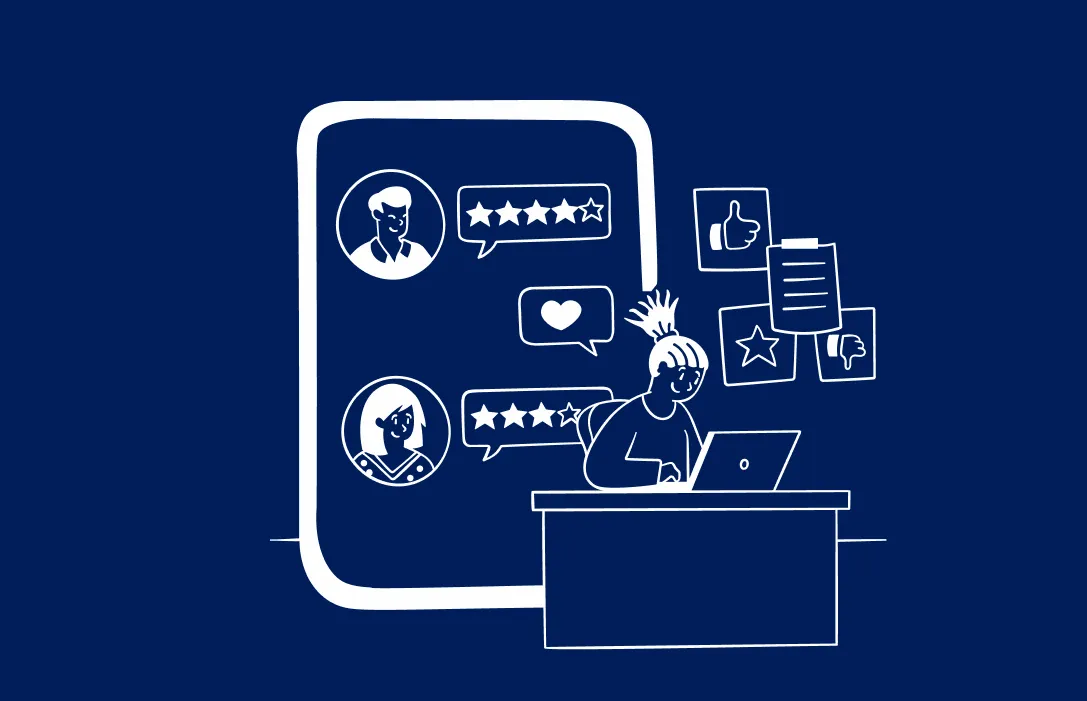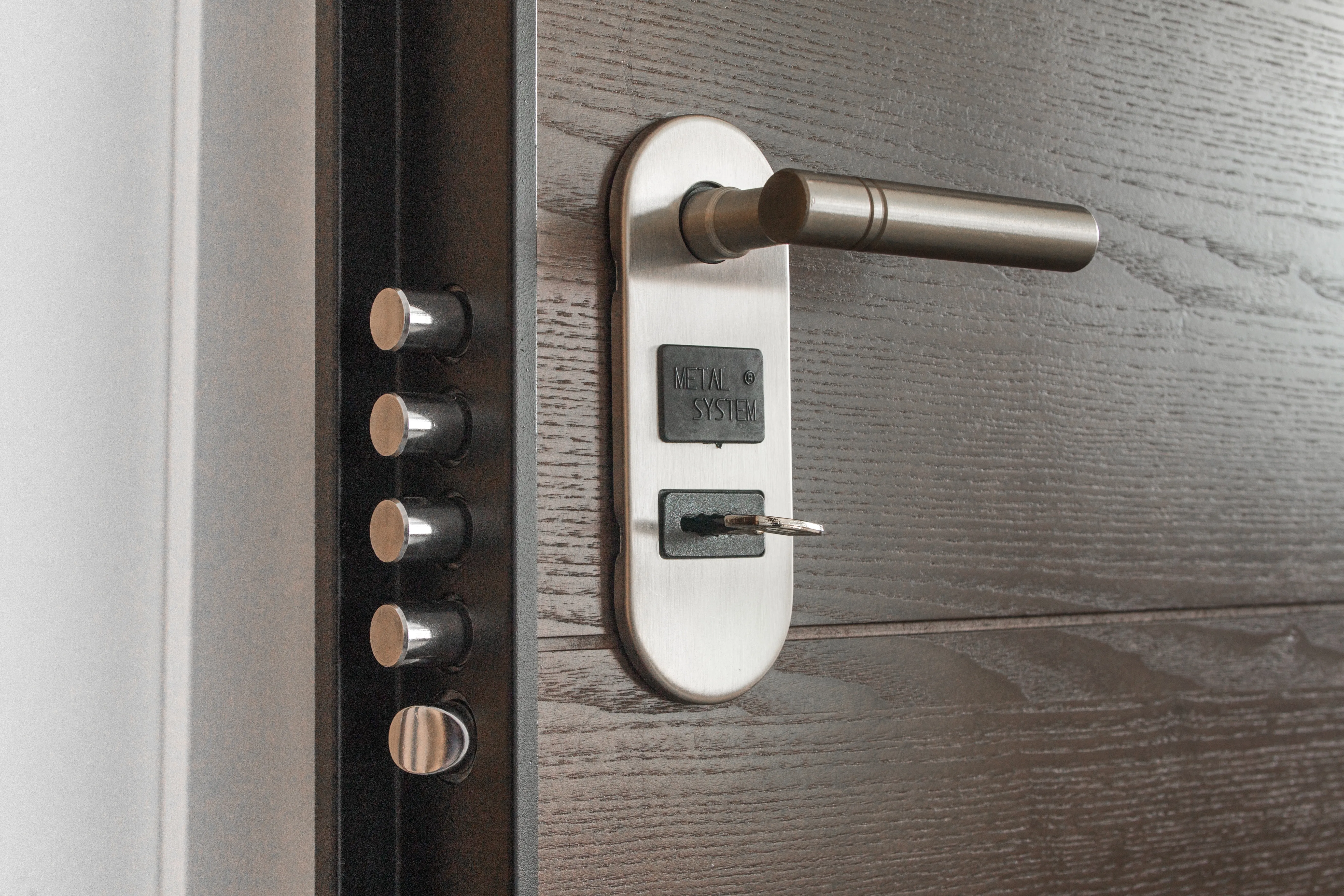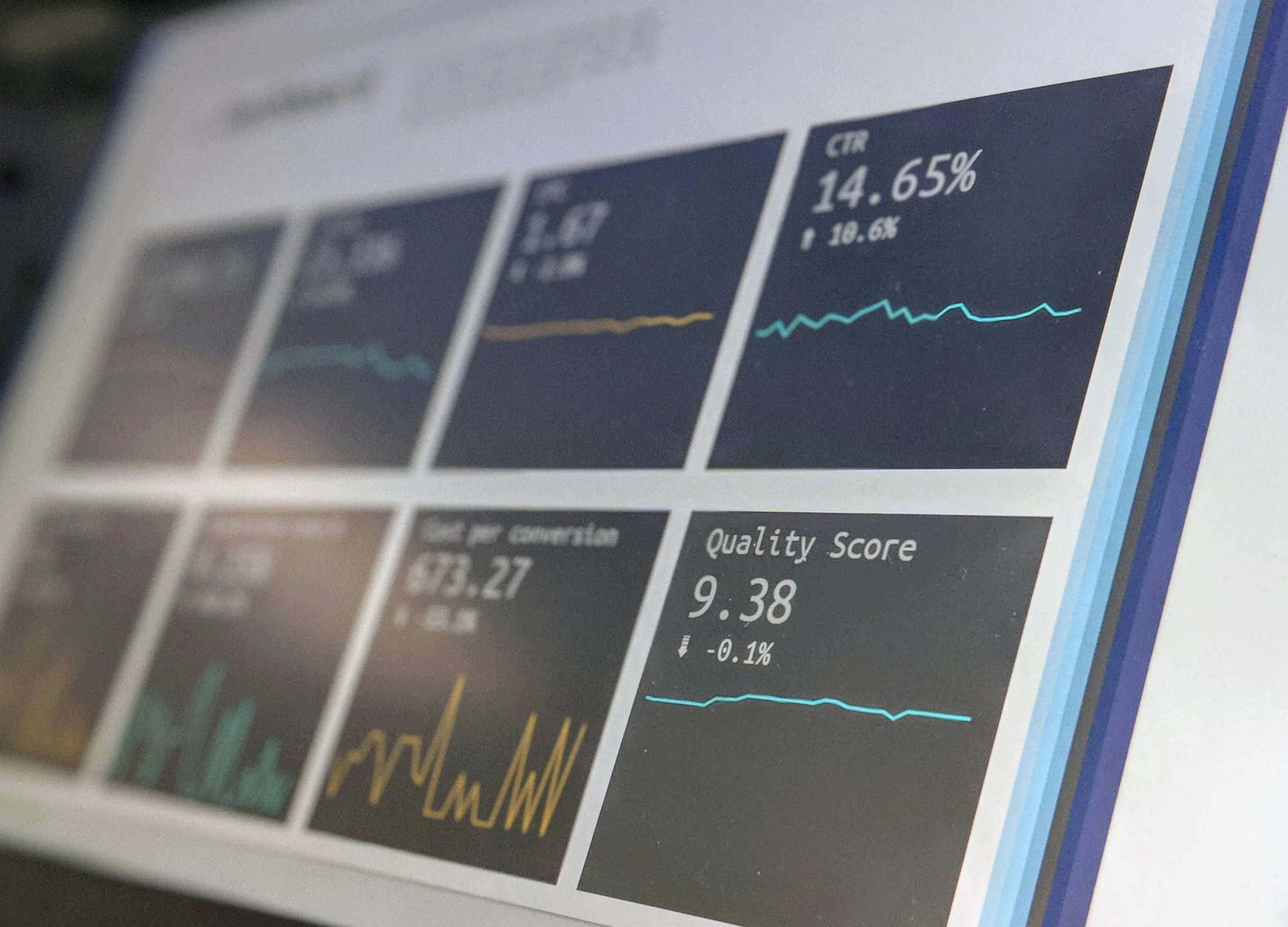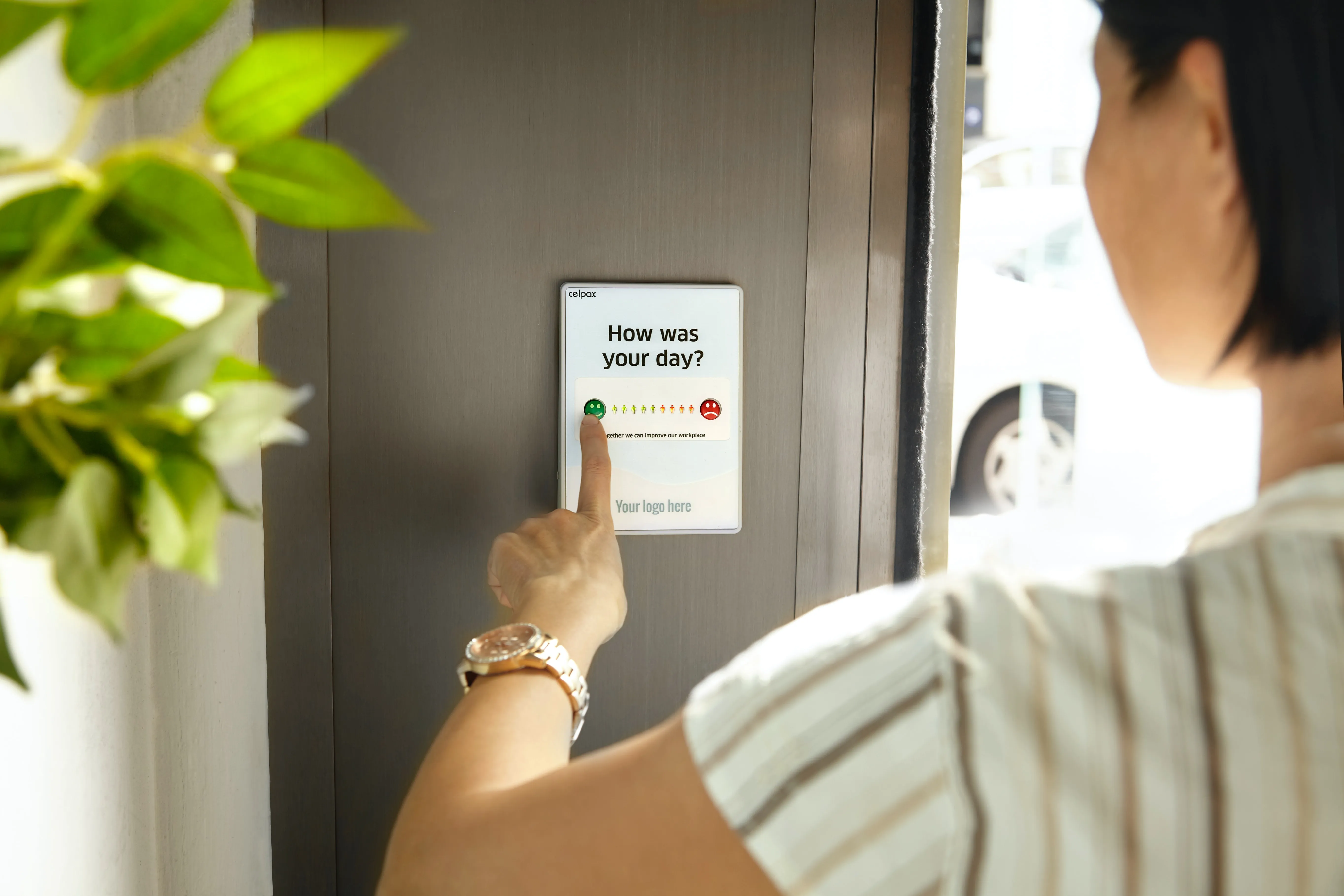In 2019, Julius Randle was one of the worst three-point shooters in the National Basketball Association. Within a year, his shooting percentage jumped from 27.7% to 42.7%, putting him in the top ten players in the league.
If they were in Randle’s position, most players would've just focused on improving their shooting. But Randle assembled a team of experts to overhaul everything: his diet, mental health, training regimen, and more.
The result? Some of the most impressive statistics in the league and a trip to the playoffs.
CX managers can apply the same principle that Randle applied to improve his shot to improving call center agent performance: fix the root(s) of the problem, not the symptom.
You can’t expect agents’ performance to magically improve overnight. It requires customized training, the right technology, and a keen understanding of your team.
Here are six tips you can implement immediately to improve call center agent performance.
1. Use QA Data to Find (and Fill) Training Gaps in Real Time
Using templated, check-the-box customer service training techniques might help agents learn some customer support basics. But in order to help them reach their full potential, agents can’t wait weeks for scheduled training. They need custom feedback when it matters most: in real time.
Take Zola, the online wedding planning service, for example. Their newly hired agents were struggling to support couples during the busy season, so they used MaestroQA in tandem with the training tool Seismic Learning to create a real-time feedback loop between coaches and agents.
Now Zola’s CX team can assign relevant lessons with a single click, straight from a QA scorecard. Specifically, Zola noticed they needed more lessons for brand voice and call de-escalation.
“Now that we have a great workflow for assigning lessons from MaestroQA, we’re experiencing more lightbulb moments,” said Rachel Livingston, Senior Director, Operations at Zola. “Integrating MaestroQA with Lessonly has helped Zola close the feedback loop between quality and training.”
2. Coach Agents to Diagnose the Root Cause of Customer Issues
Treating the causes, not the symptoms, of customers’ problems reduces the chance of customers having to call back multiple times — an indicator of poor agent performance.
When a customer calls with a problem, there’s a good chance they’ll fixate on their emotions rather than the underlying issue. It’s tempting for agents to apologize for the inconvenience, but as Matthew Dixon, Chief Research & Innovation Officer at Tethr, wrote for Harvard Business Review, “Customers want results — not sympathy.”
CX managers can help agents diagnose the root cause of problems by coaching them to ask specific, product or service-focused questions. In order to do that, however, agents have to know that product or service like the back of their hand. It requires an investment up front, but that investment will pay dividends in the form of improved AHT and FCR scores.
3. Connect Customers to the Right Agents with IVR Technology
Ensuring calls are routed to the proper agents is a simple and effective way to elevate performance. For example, if an agent who specializes in refund policies is constantly fielding questions about product demos, you’re not setting them up for success — not to mention it can be infuriating for someone who only needs a simple question answered.
A survey conducted by Vonage revealed that 63% of U.S. adults were forced to listen to irrelevant options with Interactive Voice Response (IVR). Furthermore, 35% of respondents said wasted time was a key issue for them.
To improve call center agent performance, CX managers can set up their IVR so customers reach the proper point of contact as soon as possible. This can come in the form of customer voice prompts (“change my PIN”) or presenting callers with a menu of options (“press 2 for sales”). Then, the call is automatically routed to the right customer support specialist.
Ideally, when customers reach out, they should only be one degree of separation away from the representative who can solve their issue.
4. Refresh Your Call Center Quality Monitoring Scorecards Every 6 Months
If you’re pushing for higher agent performance, you can’t grade agents against the same standards over and over. Think of a runner trying to improve her mile time: if she never pushes the pace during training, her performance plateaus.
You can refresh your call center QA scorecard with these five steps:
- Gather insights from CX stakeholders to inform new goals.
- Simplify your QA scorecard by cutting questions that don’t deliver actionable insights.
- Align your scorecard with your company values and brand identity.
- Make sure your scorecard is easy for everyone on the team to understand.
- A/B test your scorecards.
Regularly refreshing your quality assurance (QA) scorecard ensures your team’s performance doesn’t stagnate. For example, MeUndies noticed that their CSAT score had plateaued around 96%. Rather than settling, they updated their quality standards to reflect an even higher standard of excellence.
Measure what matters the most in your call center with customizable QA scorecards. Learn more about MaestroQA's quality assurance scorecard builder solutions.
5. Offer Incentives to Boost Performance and Retain Talent
Incentives are a healthy way to boost performance in call centers and ensure your top performers stick around for the long haul. When an agent has skin in the game, they will be more motivated to go the extra mile with customers and strive for those KPIs we mentioned earlier.
In the Society for Human Resource Management, George Boué, Vice President of Human Resources at Stiles Corporation, notes that workplace incentive plans are “moderate to effective” in achieving goals for 74% of organizations.
But there’s a catch: workplace incentives are typically most effective when both quality and productivity are quantifiable. That’s why QA scores (a granular performance metric) are infinitely valuable for CX managers looking to offer incentives to improve call center agent performance.
Here are three examples of incentives CX managers can offer agents:
- Compensation, including raises, bonuses, and profit-sharing
- Rewards, such as gift cards, free meals, or other prizes
- Recognition, such as “agent of the month” awards
6. Establish and Communicate KPIs
If CX managers and agents aren’t aligned on key performance indicators (KPIs), it’s nearly impossible to determine whether call center performance is actually improving. After all, you can’t improve what you don’t measure.
Here are five core metrics CX managers should have a pulse on:
- Quality Assurance (QA) scores: these are like a GPS for helping agents excel. Improving QA scores means improving agent performance, and that means happier customers.
- First Call Resolution (FCR): by measuring how often support tickets are resolved on the first call (without follow-ups), CX managers can tailor their coaching to help agents be more thorough with customers.
- Average Handle Time (AHT): this will pinpoint which agents are taking longer than usual to resolve issues so you can help them improve their efficiency.
- Customer Satisfaction (CSAT): in order to improve agent performance, you need baseline data that indicates how happy customers are when they interact with agents.
- Net Promoter Score (NPS): getting customers to recommend a product or service an agent represents is often considered the holy grail of customer support.
You can find our full list of customer experience metrics here.
Remember, discussions about KPIs shouldn’t be reserved for CX managers, VPs, and the C-suite. It’s important to conduct regular check-ins and status updates with agents so they always have a clear understanding of what they should be striving for.
In these sessions, CX managers should encourage agents to give feedback on KPIs, voice their concerns, and articulate their goals. Giving agents a sense of ownership is a powerful way to elevate their performance.
High-Performing Call Center Agents Aren’t a Coincidence
CX leaders can — and should — hire the most talented agents they can find to represent brands and assist customers. But raw talent only gets you so far. Some agents will inevitably fall into a slump, run into obstacles, or lose motivation.
You shouldn’t expect these issues to magically resolve themselves (just like Julius Randle didn’t expect to magically start making more shots).
No matter the cause for stagnating or declining agent performance, getting back on track isn’t a coincidence. It requires time to drill down to identify the root cause, question your assumptions, and put the proper systems in place to set agents up for success.
Want to see how QA data can help your call center reach peak performance? Take MaestroQA for a test drive today.






.webp)
.webp)


.webp)





-p-500.webp)
.webp)
%2520(1).webp)
.webp)
%2520(1)-p-800.webp)
.webp)
.webp)
.webp)
%2520(1).webp)
%2520(1).webp)
%2520(1).webp)
%2520(1).webp)
%2520(1).webp)
%2520(1).webp)
.webp)
.webp)
%2520(1).webp)

.webp)


.webp)

.webp)
.webp)
.webp)


.webp)
.webp)
.webp)

.webp)
.webp)

.webp)



.webp)

.webp)
.webp)

.webp)
.webp)



.webp)
.webp)
.webp)
.jpeg)
.webp)



.webp)
.webp)
.webp)
.webp)


.webp)


.webp)
.webp)

.webp)




.webp)
.webp)


.webp)


.webp)
.webp)

.webp)


